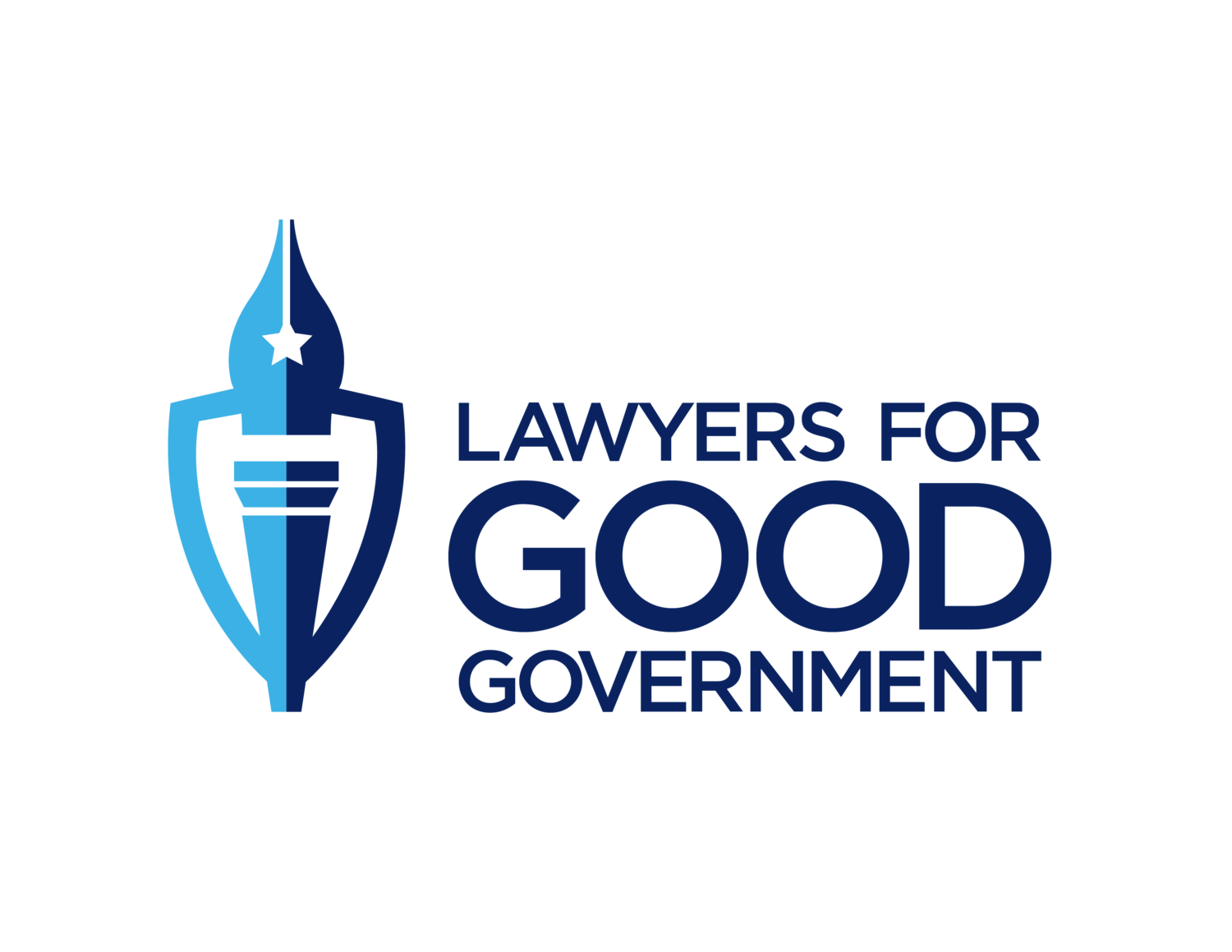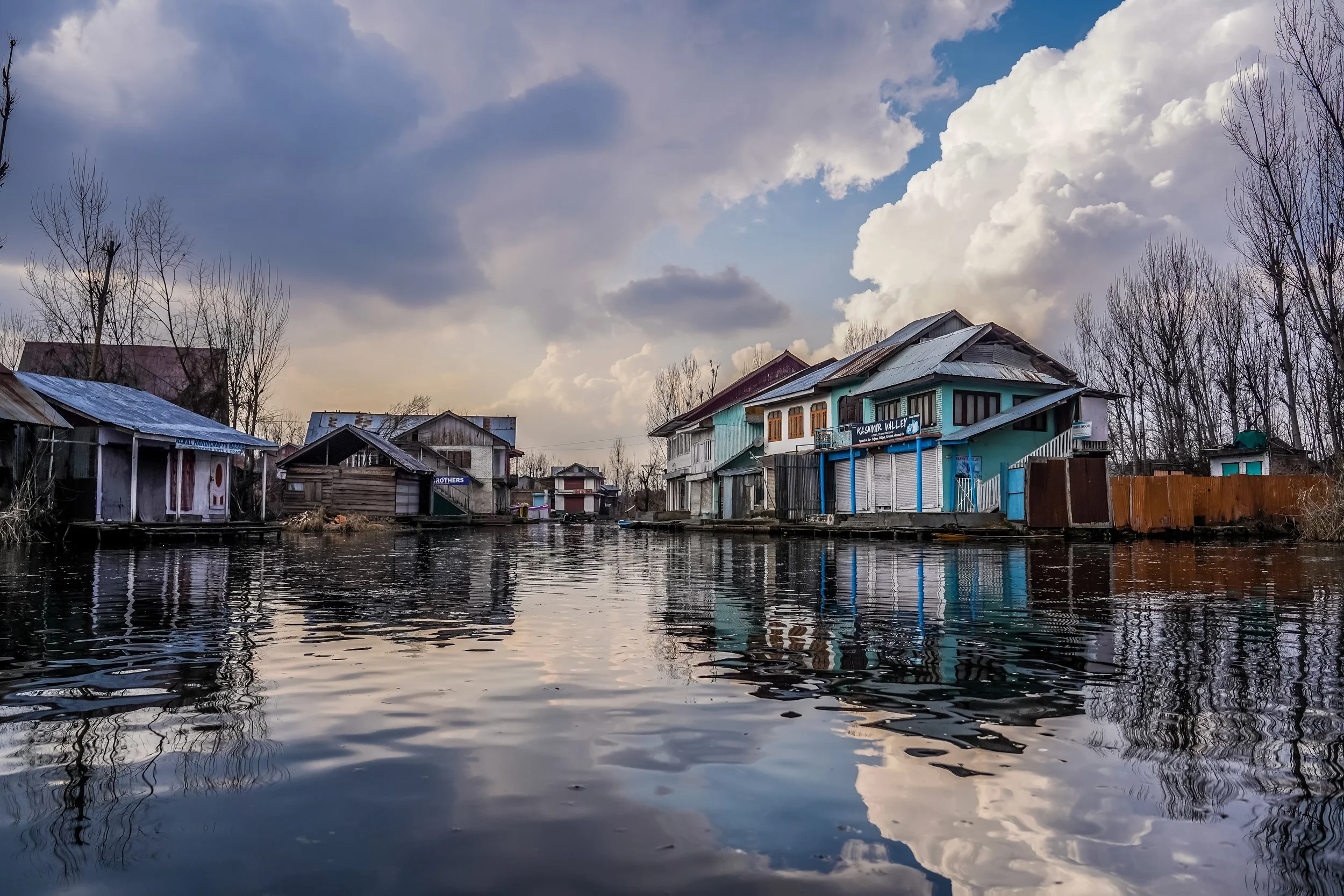Estuardo Cifuentes, Project Corazón Manager, speaks on the devastating impact of the reimplementation of the Migrant Protection Protocols (MPP). As a survivor of the program, Cifuentes sheds light on how MPP exposes migrants to violence, denies due process, and violates fundamental human rights, calling for urgent action to end this inhumane policy.
A Day in the Life of an L4GG Volunteer: Observing Asylum Education at Betances Clinic
Written by Isabella Hussar, Project Corazon Volunteer
Yesterday, before heading to New York to observe an asylum education session at Betances Clinic, I spent the morning at home in New Jersey reading up on immigration news from the past couple of months. I learned about S.B.4, the proposed policy in Texas granting any police officer the power to arrest people suspected of being non-US citizens, and Biden's new plan to restrict immigrants seeking asylum only from the southern border. Both policies have been accused of being classist and racially motivated. I also read that a growing number of Americans fear immigration and perceive it to be a negative contributor to American society. It prompted my curiosity as to why America is so anti-immigration.
My morning of scrolling through news of doom and gloom was then followed by a train ride into New York City, where I met Estuardo, a former asylum seeker and now Client Services Manager for L4GG and Jessica, an attorney for L4GG, at a Greek restaurant in Chinatown called Kikis. We were a few blocks from Betances, a health clinic that predominantly serves the transgender community.
We arrived at the clinic greeted by Spanish speaking volunteers. The interior was clean and calm. People silently waited in the lobby. Art and plants hung on the walls. We stopped briefly so Jessica could change out of her practical walking shoes into a pair of emerald green high heels.
Down the hall, I entered a small beige room with fluorescent lighting. Half the room held a kitchen with a few people organizing trays of hot food, the other half an area full of people sitting in folding chairs that centered around a TV. Many of the women in the room wore full faces of makeup, had brightly dyed hair, or outfits you might see on Miami Beach.
This was a safe place for freedom of self expression.
I caught everyone’s attention when I entered the room. I stood in awe as I stared back at a room of humans who had faced such adversity and still made it here. This was a room full of transgender women, who’ve fled their homes in other countries out of fear for their safety, and made it to New York.
When someone seeks asylum, they have left their homes and are in need of protection from persecution and serious human rights violations. Here, in lower Manhattan, these people were free to be themselves. There I was, having grown up just across the Hudson river, meeting a room full of people who endured things to be here I couldn’t even consider in my realm of possibility.
After I gave an introduction of myself in the best Spanish I could muster on the spot, I sunk into the background — my job was only to observe. Whenever a new person walked through the door, the others in the room embraced them with love. The women here had formed a tightly knit community, one that made up a group of people who were smiling, laughing, and chatting. Before the presentation began, Estuardo read out a list of rules posted on the wall. He told everyone to silence their phones, not talk over the presentation, wait to ask questions at the end. Watching them reminded me of sitting in a high school classroom.
When the presentation started, the hush of chatter came to a lull. The TV lit up with the words “Cinco Caminos Hacia El Asilo” which means “Five Steps To Take To Asylum.”
Estuardo and Jessica spoke about the process of getting asylum and went over things to keep in mind for their cases. They explained how America has a separation of church and state and how the church cannot control government decisions. Priscilla, another attorney for L4GG who is overseeing my internship, tells me that many immigrants assume the laws in the U.S. will be similar to the laws in South America.
When the presentation ended, the woman stood around chatting and eating chicken, rice, and beans. Someone appeared with a birthday cake and presented it to a volunteer. A woman wearing an orange sundress and dangling earrings approached me with a smile. She wants to go to law school one day, she told me, and wondered if I knew of any good law schools in the city.
During the presentation, Estuardo had explained how personal identity was important to winning a case. It felt as if these asylum seekers were all preparing to apply to colleges, and needed to create a resume that showcased them as a person. Later, Priscilla explained to me that individualism is important to winning a status of asylum because the laws in America are interpreted on a case-by-case basis.
When I asked Priscilla why she thought so many Americans feared immigration, she told me people form opinions either out of love or hate. When you are standing in that clinic, surrounded by the people there, it is impossible to feel the latter.
Chevron Deference on Trial at SCOTUS: Impact Survey for Legal Practitioners
A Landmark Case
In the coming days, the U.S. Supreme Court will issue a ruling in Loper Bright Enterprises v. Raimondo, a pivotal case that could redefine administrative law by potentially overturning Chevron deference. Chevron deference, established in 1984, requires courts to defer to a federal agency’s interpretation of ambiguous statutes, recognizing the agency's expertise. This principle has been instrumental in maintaining consistent regulatory practices across various sectors.
The implications of this case extend beyond administrative law. A decision against Chevron deference could significantly impact federal regulatory authority in areas such as environmental protection, food and drug safety, employment, consumer protection, and immigration. It would shift more power to the judiciary, allowing courts to override agency interpretations and create a less predictable regulatory environment.
Understanding the Case: A Special L4GG Explainer
To help you grasp the complexities of this case and its potential consequences, L4GG has prepared an explainer document. This guide provides a clear understanding of the issues at stake, the arguments presented, and the broader significance of the Supreme Court's decision for regulatory practices in the United States.
Participate in Our Impact Survey
We are reaching out to our community of legal practitioners to gather insights on how the potential ruling might affect your practice. Please take this quick survey - your feedback is crucial in helping us understand how we can best support you in navigating the post-ruling landscape.
Why Your Input Matters
The outcome of Loper Bright Enterprises v. Raimondo could reshape the legal landscape in which we operate. Whether you specialize in administrative law, environmental law, healthcare, or any field subject to federal regulation, the ramifications of this decision could be profound. By participating in our survey, you will help L4GG prepare for the challenges ahead and ensure we can effectively mobilize our community in response to this landmark ruling.
We hope you will take a few minutes to share your thoughts with us. Together, we can stand ready to address the potential upheaval in administrative law and continue our fight for justice and regulatory stability.










